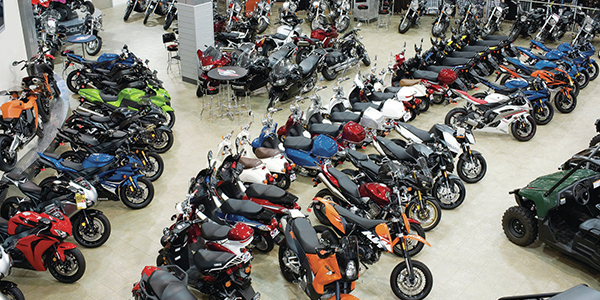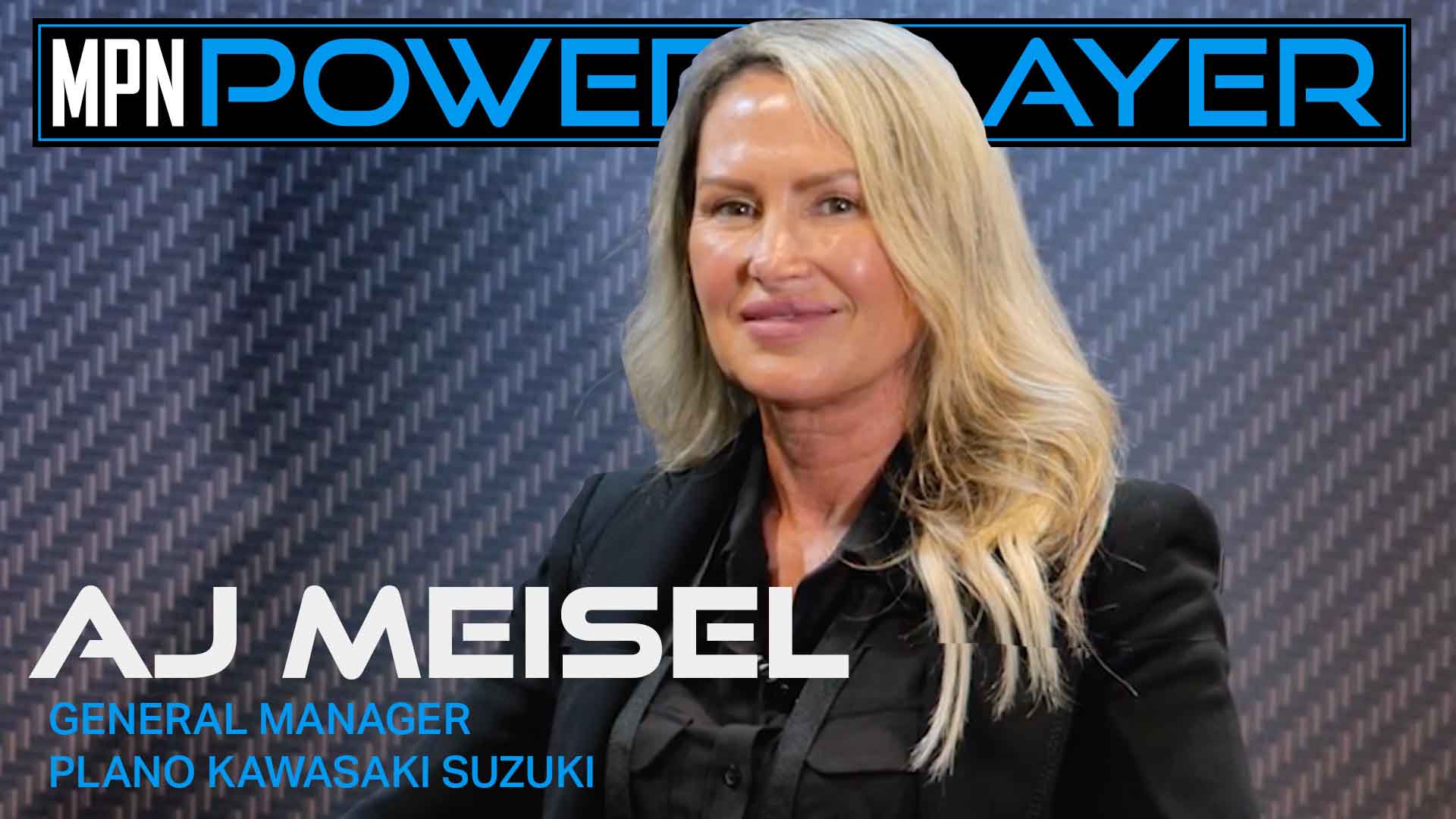
I see that Kawasaki has a new program called KESE. They want to sell us display items that they believe will make our showrooms look better.
And, on the face of it, this is a good idea. Some dealers have showrooms with all the appeal of a sinkhole in Florida; maybe for them it could work, if they sold enough additional units to have the extra profit to be able to afford the overpriced items. They want our showrooms to look nice. I get it. But I think the cost is far too high.
Honda has tried the whole “enforced look,” as well as almost all of the European marques. As far as I’m concerned, they have yet to prove to me that I’ll sell enough bikes, or sell enough of them at a higher margin to pay for the cost of the look they are espousing.
It has always seemed to me that those who can afford such items already have a nice showroom. We, as dealers, have spent, in many cases, hundreds of thousands of dollars to create a nice shopping experience for our customers. And then, one of the brands we carry says, “Oh, that’s not good enough. Let us help you market our product better for you.” Sounds good, doesn’t it? Until they present the inflated bill. It reminds me of the old saying: “Hello, I’m from the government, and I’m here to help!”
Why is it that powersports manufacturers have decided that we must have boutique stores that, first, will make all our stores look the same, and second, cost far more than they should? There may be a sound reason to have a Kawasaki, BMW, Ducati,
Triumph, or an Indian store look pretty, and I do like the look of them, but when the cost is equal to the amount of money that we might make on a hundred or more motorcycles, I’m starting to wonder if their egos have gotten far bigger than their brains.
Also, if you have multilines, you may have, as I do, sport bikes displayed all together, and adventure touring bikes in one area, etc. I find that this makes the selling process much more streamlined, rather than having the showroom organized by brand, as I used to. Now, another manufacturer tells us that they have a new program where they’ll sell you some great display items, at highly inflated prices.
We’re sure you’ll sell more units if you use our displays, they say. And by the way, we’ve done studies that show if you use them, your sales will go up by 17.5%. Also, if you want any favors from us, you have to implement the look we dictate. They want me to put all of their brand’s units in one area. It may work. But I still don’t think so.
We sell our units every day, belly-to-belly with our customers, and I have to say that most of us are pretty good at it. The manufacturers are, usually, good at providing us with a product that we can sell. The problem is they often don’t understand the day-to-day retail selling process. Do customers really care if the displays around the bikes are branded or not? Do they really care that they are illuminated by $50,000 worth of lighting fixtures from the distributor? I don’t believe so.
Yes, we should have a clean store. Yes, we should have a nice area where people can walk around and look at, touch, and sit on the units. And stores that have a disagreeable atmosphere should be encouraged to upgrade. Sales at stores like that probably reflect the lack of appeal. But if your store is profitable and selling units in good numbers, then you should be left alone. Period.
The only good thing about this whole KESE program, from what I can see, is that it’s not mandatory.
Yet.













